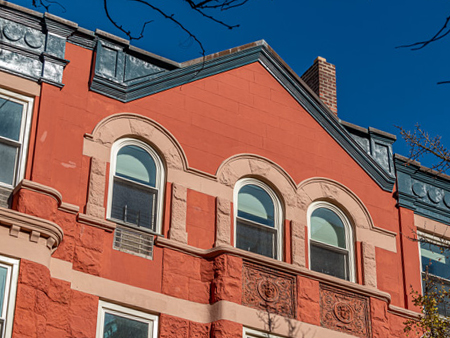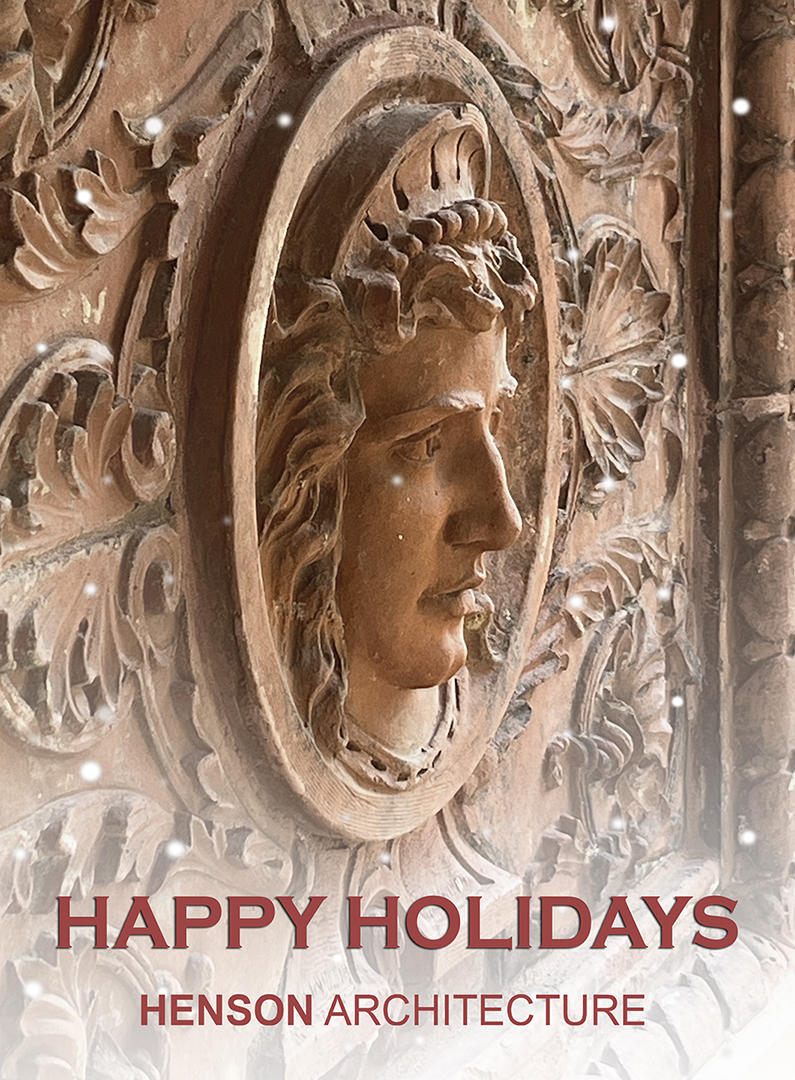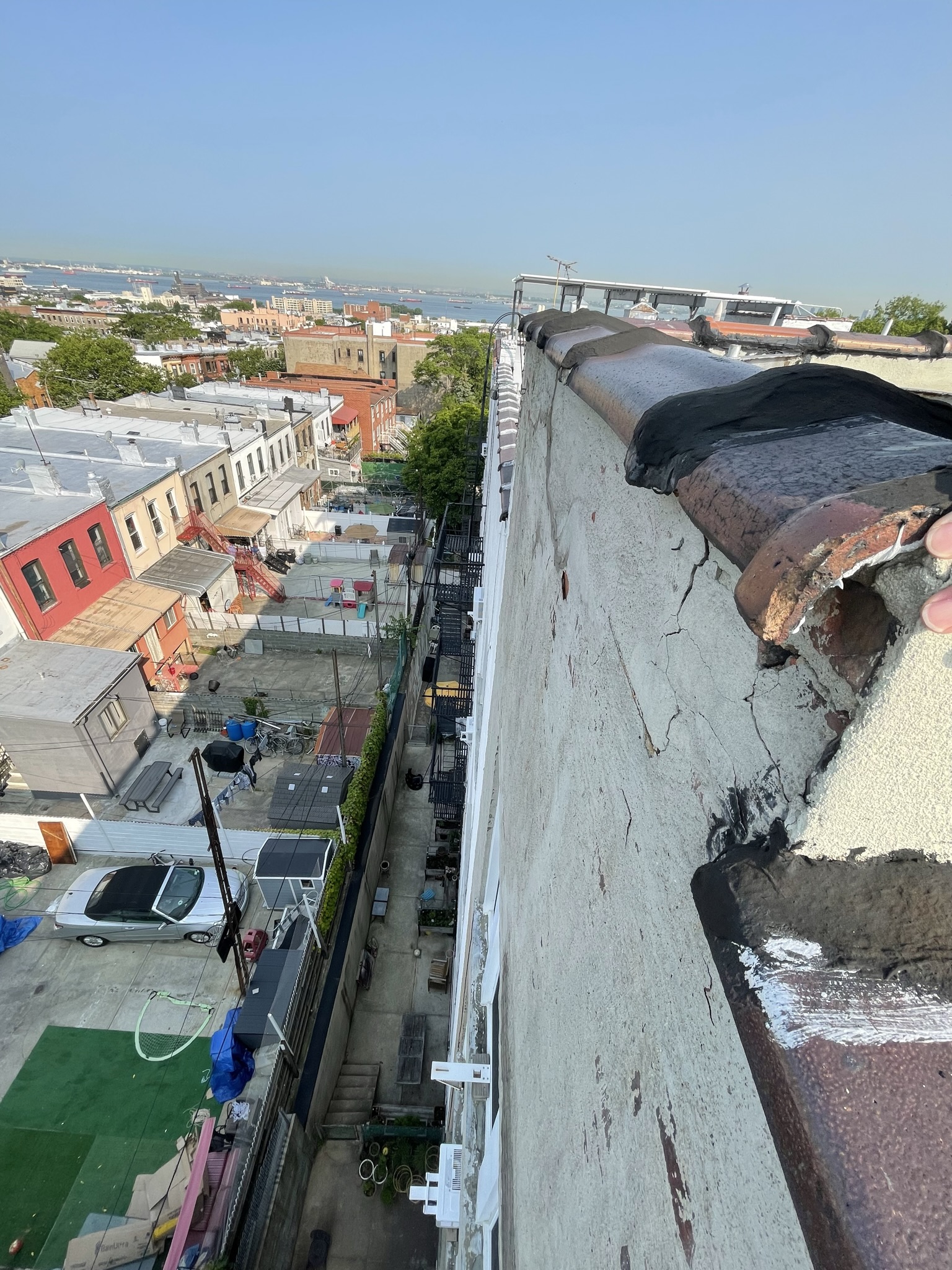The Tall Elephants in the Room
Building additions that don’t disappear into their surroundings shouldn’t be done.
By Aaron Betsky
There seem to be a lot of elephants hiding in plain sight these days. Now that we are coming out of the five-year recession that stymied large-scale construction, cranes are swinging into action and developers are dusting off their laser-cut models and festive renderings. And not just for cities in far-off continents. Major cities in America will be the recipient of a spate of new, tall buildings, but some of them claim to be barely there.
In Los Angeles, work will finally begin on the two triangular towers, which I wrote about more than a year ago. They will sit right behind the Minoru Yamasaki–designed Century Plaza hotel, a curved recipient of the axis the architect drew from his own triangular versions of the World Trade Center towers. That line was already interrupted by a hideous office block a number of years ago, and there were plans to tear down the hotel. Luckily, saner minds prevailed. The new, Pei Cobb Freed–designed behemoths are triangular, though also curved and with what look like rather fussy façades. Will these two slender exclamation points echo the original skyscrapers? Perhaps, though their form is too weak to make much of a point. They will also be so close to the hotel (which midcentury modern savior Marmol Radziner is renovating) that you wonder whether anybody except for dedicated exhibitionists will want to stay in the west-facing rooms that used to have views all the way to the Pacific. The $2 billion, 1.5 million square-foot redevelopment will also surround the hotel with a shopping mall, leaving it rather marooned.
In New York, two similar towers, designed by Skidmore, Owings & Merrill, will rise on a new platform over the Pennsylvania Station rail yards. As in L.A., the whole development also includes a late modernist building, in this case the former home of the New York Daily News, which will be redesigned by REX. This one is a doozy, no less than 5.4 million square feet, much of it in the two 60-story towers. Those will be slicker than their L.A. counterparts, and they are shaved and angled in the manner that has become all the rage since computer technology enabled former students of deconstructivism to manipulate their grown-up towers. This twin will form the backdrop to the Farley Post Office Building, a now largely empty stone bunker that will someday perhaps be the new Pennsylvania Train Station. More recessive and more removed than the Century City towers, these might work, especially if they are joined by the forest of skyscrapers currently planned to sit even further west over the rail yards. Finally, in-between these two, there is the ongoing saga of Bertram Goldberg’s Prentice Hospital, which I have also previously written about.
While we await the judicial procedure to run its course, it is interesting to me that all the images that argue for its preservation show it embedded in a mass of structure that makes me think that you might as well tear it down. Many of these images come from a competition last summer (the winner, by Cyril Marsollier and Wallo Villacorta, is particularly egregious), though Studio Gang has added its own variant, a tower on top of cloverleaf structure that—at least in the rendering—will float above it all. Looking at these designs, and then back at the Century Plaza, I am afraid I would say in both cases, and despite my support for preservation: Tear them down. Buildings are designed for a particular use, context, and culture. When those conditions change so much that the building can only continue to exist as a relic with impaired use, what’s the point? Either radically rethink the structure itself, as will happen with the Farley Building, or just start anew.
Aaron Betsky is a regularly featured columnist whose stories appear on this website each week. His views and conclusions are not necessarily those of ARCHITECT magazine nor of the American Institute of Architects.



